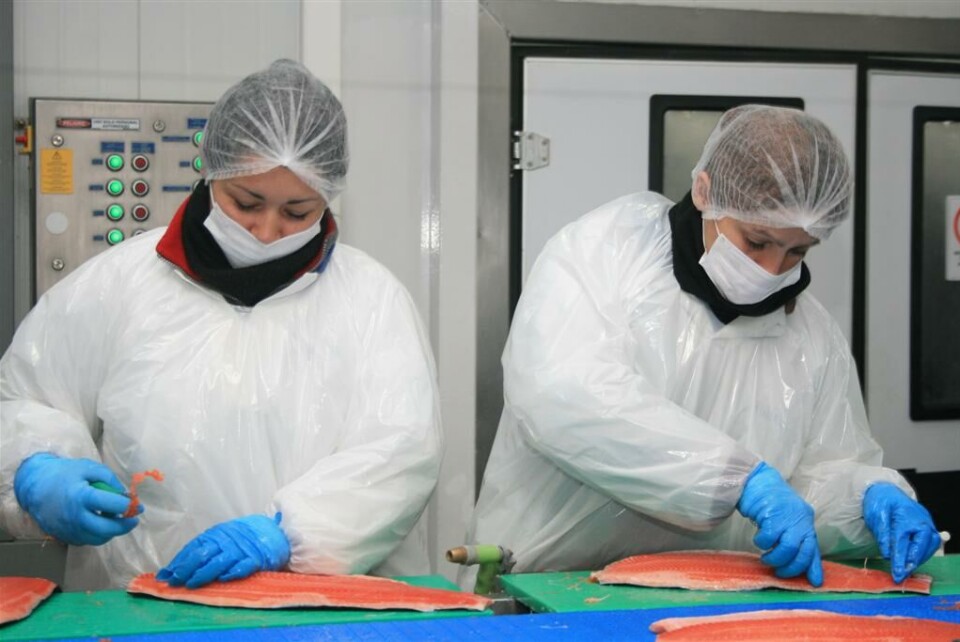
Chilean crisis requires structural solution
The Chilean salmon industry is in trouble. Low international salmon prices, devaluation of currencies in major export markets, such as Brazil and Russia, combined with higher costs facing the industry, mean that many producers are operating with negative margins, according to the Chilean newspaper El Mercurio.
Furthermore, the Russian embargo on agricultural products from several European countries led Norway to compete strongly in the United States, a major market for Chilean shipments.
Regulatory framework Although the industry has managed to recover from the crisis triggered by the ISA virus, which wiped out nearly half of the industry's jobs and nearly led to the bankruptcy of several companies, sanitary issues are still wreaking havoc and industry sources warn that a structural solution is required to improve the country's competitiveness.
The general manager of Salmonchile, Felipe Manterola, recognizes that the new santiary regulations have raised production costs by around 30 per cent on average in recent years, but feels there is scope to change things.
"We are in a review process of the regulations, in a bid to regain the competitiveness levels we had years ago, mainly through increased efficiency in production facilities," he explains.
Speedy recovery? While the salmon industry may not be at its best, industry sources believe it will remain profitable in the long term, although many farmers don't expect the recovery to start until the second half of 2016.
"Given the correction of the exchange rate effect, coupled with a decline in Chilean supplies, we hope prices will return to their equilibrium levels in front of an increasing global demand," Manterola said.























































